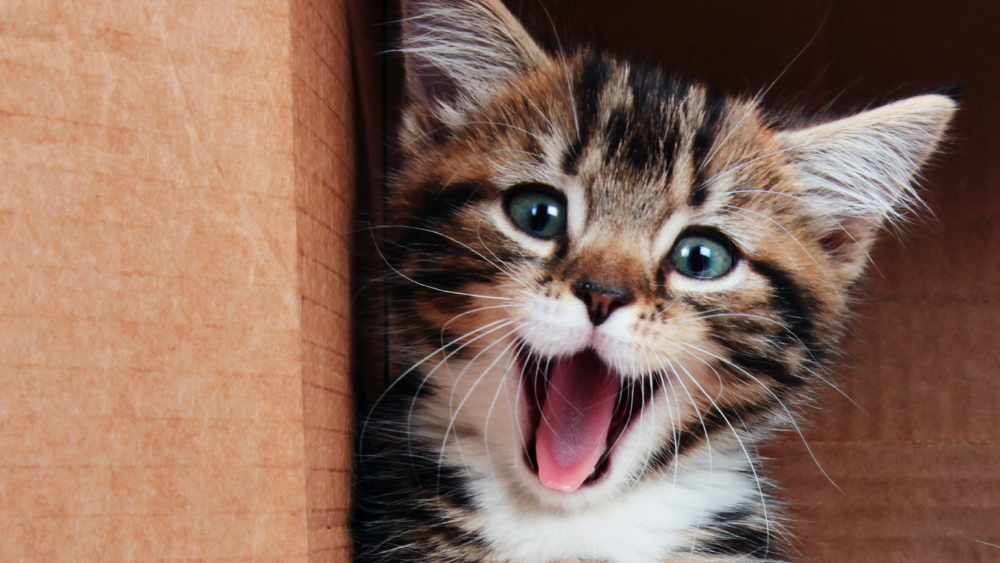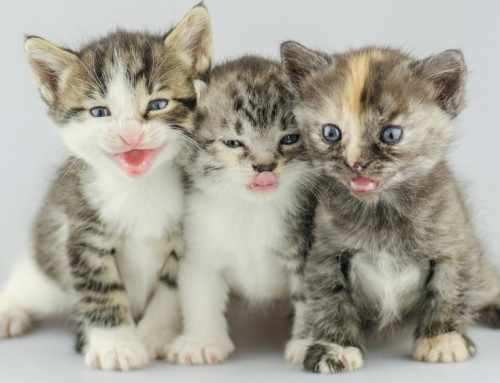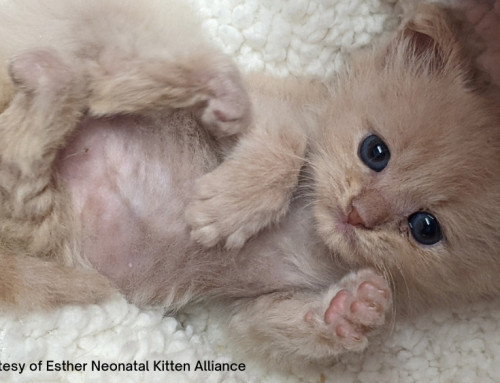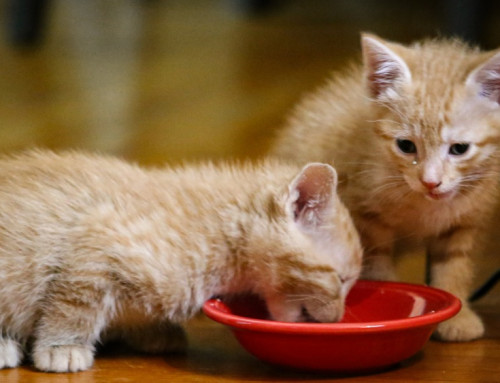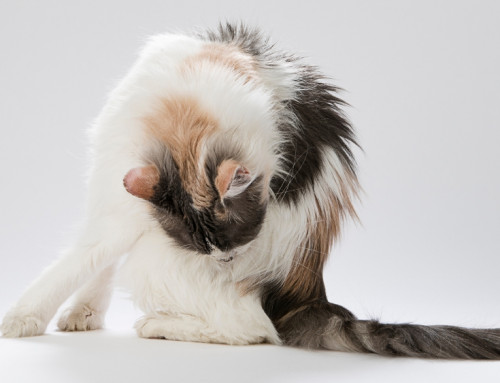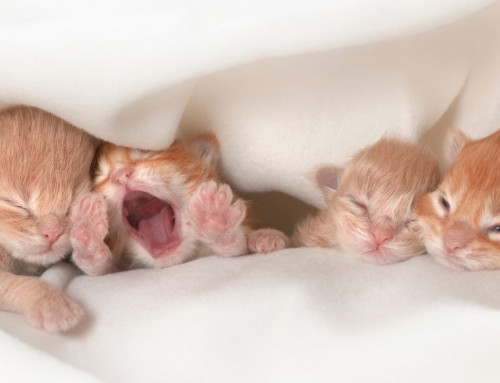Share this resource or email it to a friend!
Ringworm is the most common infectious skin disease in cats and gets its name from its circular appearance of hair loss and scaling of the skin. Ringworm isn’t a worm at all, and it’s not just an inconvenience. In a shelter, it can spread havoc.
Ringworm is a fungal infection caused by dermatophytes, microscopic fungal organisms that originate in soil. Cats are infected when they come into contact with an infected animal or contaminated object or environment. There’s a lot to know about ringworm, so reading the additional resources is highly recommended.
Microsporum canis is the species of ringworm that commonly affects cats. Conditions that compromise the immune system, such as Feline Leukemia Virus, pregnancy/lactation, malnutrition and stress, put animals at increased risk; conditions that affect grooming, such as Upper Respiratory Viruses, skin parasites or allergies, also put animals at increased risk because grooming helps remove ringworm spores from their coat.
The face, ears, head, tail and feet are mostly affected. Although mom cat may groom these areas of her kittens well, kittens don’t do such a good job, which may be why ringworm typically appears when kittens are being weaned. Perhaps kittens are also most susceptible to ringworm infection because their immune systems aren’t fully developed.
Common symptoms of ringworm include: circular areas of hair loss; broken and stubby hair; crusting, scaling, red or swollen skin; changes in hair or skin color; excessive grooming and scratching; infected claws or nail beds; and dandruff.It’s very important to accurately diagnose ringworm so that an infected individual doesn’t spread the infection. Best practices for stopping ringworm in its tracks include:
1) Examining all cats who come into a shelter or rescue or are being considered for group housing or foster care for hair loss, crusting or scabbing.
2) Screening all cats with suspicious conditions with a Wood’s lamp, a light with a specific ultraviolet wavelength that causes some strains of Microsporum canis to fluoresce bright apple green. The Wood’s lamp cannot be used to definitively diagnose ringworm since false negatives are common; it must also be used properly as described in the resources below
3) Looking at hairs with a microscope from suspicious areas of the cat’s body. The normal hair structure is lost, and infected hairs appear frayed, swollen, fuzzy or irregular in outline.
4) Doing a fungal culture to definitively confirm or rule out ringworm. It can take about 2 weeks to see if spores grow.
In addition to treating affected animals, wiping out ringworm involves reducing environmental contamination. Ringworm spores can persist, possibly up to 2 years, in the environment and are spread easily on contaminated items such as grooming tools, toys and bedding as well in the air through air currents, vents and heating ducts. People also spread spores on their clothing and hands and can be infected with ringworm.
Topical treatment of animals involves applying lime sulphur dips twice weekly to sterilize the fur and prevent the growth of spores that can recontaminate the environment. Lime sulphur dips are safe to use on pregnant and nursing animals and kittens older than 2-3 weeks of age. Oral medications can increase the speed of recovery and adoption, which is important when foster homes are at a premium and animals are still in the adorable kitten stage.
After 3 consecutive, weekly negative fungal cultures, animals are considered cured; 2 negative cultures may be adequate if animals are dipped twice weekly with lime sulphur and oral itraconazole medication is given. Treatment and documentation of cure may be as short as 6-8 weeks or as long as 3-4 months.
Fostering kittens with ringworm in a home allows them to receive socialization and be in a less stressful environment than the shelter can provide. Stress slows healing.
Kittens should be kept in a small room that can be cleaned easily, such as a bathroom, until at least two weeks of effective topical treatment has been completed and ideally at least one negative fungal culture has been obtained.
If affected animals are housed in the shelter, they should ideally be in a separate room due to the ease with which ringworm spreads. If that’s not possible, they should be separated from highest risk animals, such as kittens and cats who are pregnant, immunocompromised or have an Upper Respiratory Infection. Although housing animals in individual cages in the shelter allows easier identification of cure, housing kittens together is important in terms of socialization.
People who work with affected animals or in a ringworm area should wear protective clothing, including a long sleeved garment, gloves, head and shoe covers, that is discarded or laundered daily.
All surfaces, including walls, floors, bedding, dishes, toys, carriers, counters, transport vehicles, etc., that have come into contact with affected animals must be appropriately disinfected.
Thankfully, animals with ringworm are no longer being put down, and fewer are being housed in shelters out of public sight until they’re free of symptoms. More and more animals are being placed in foster homes and receiving the treatment they need in order to be adopted. Wiping out ringworm and saving precious lives is wonderful!

